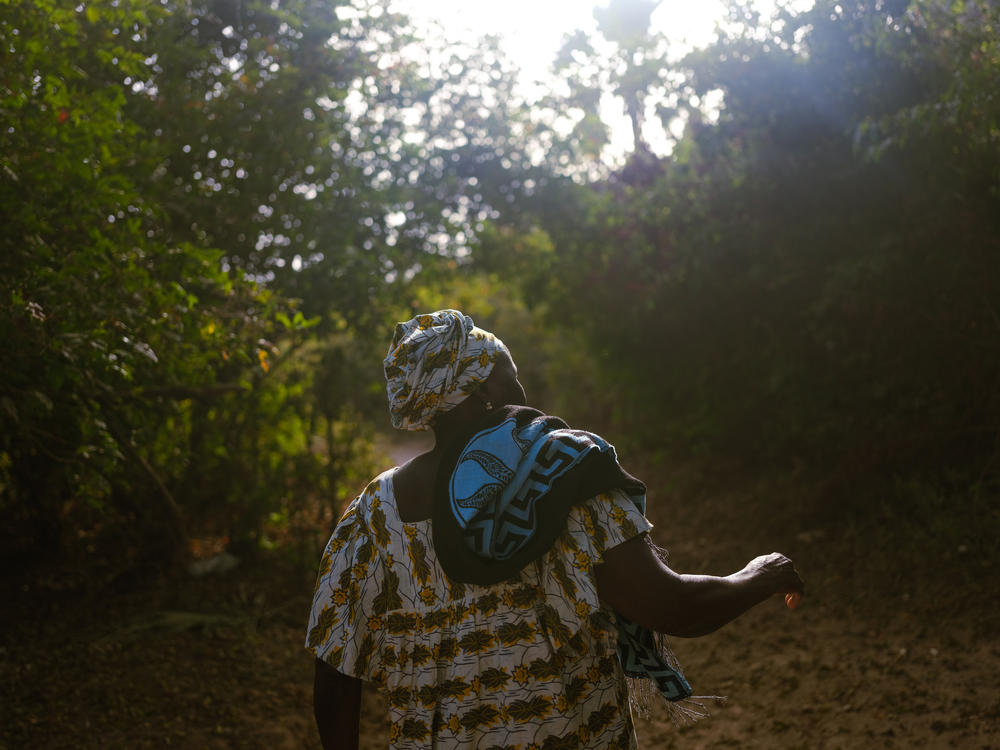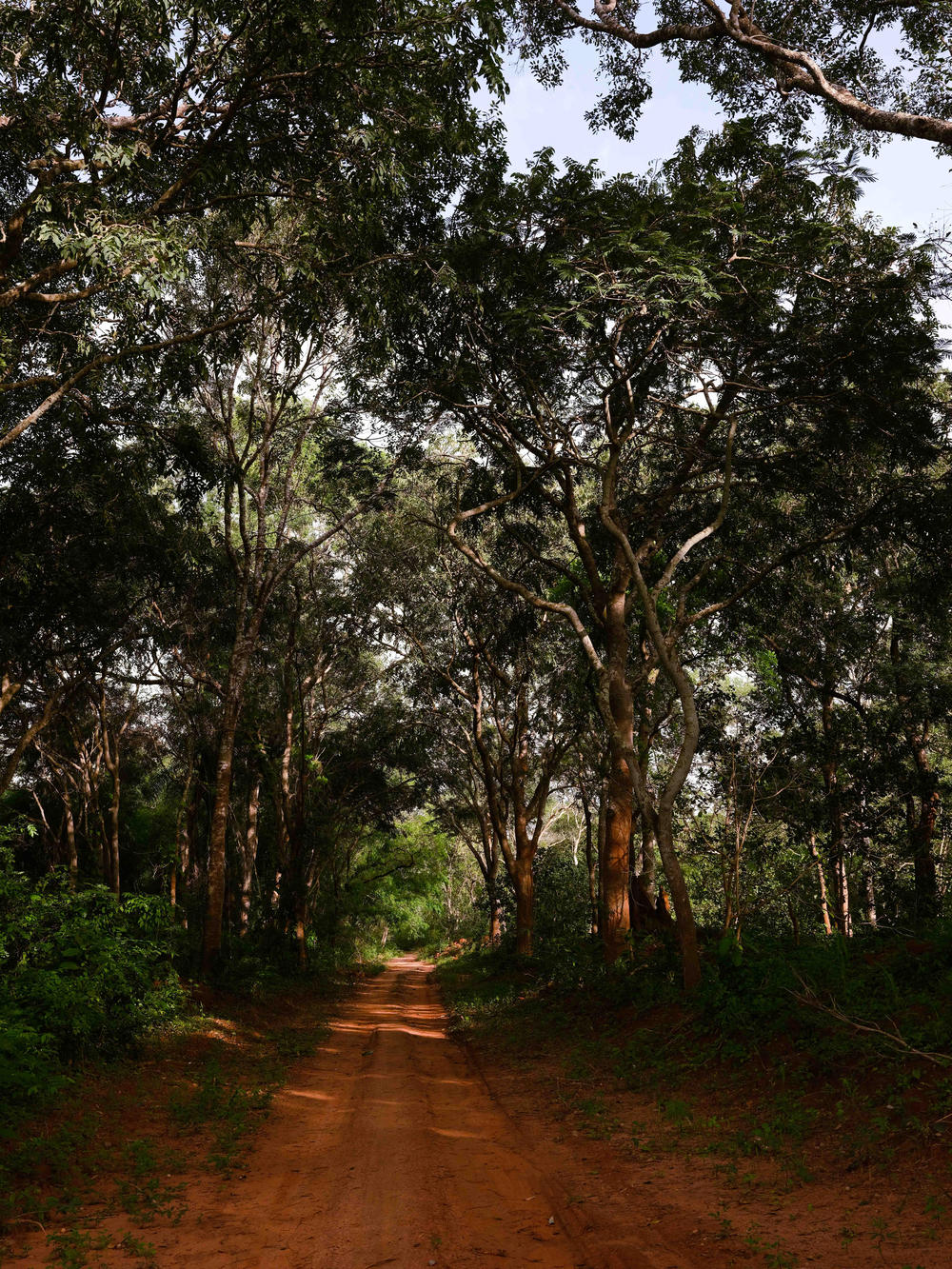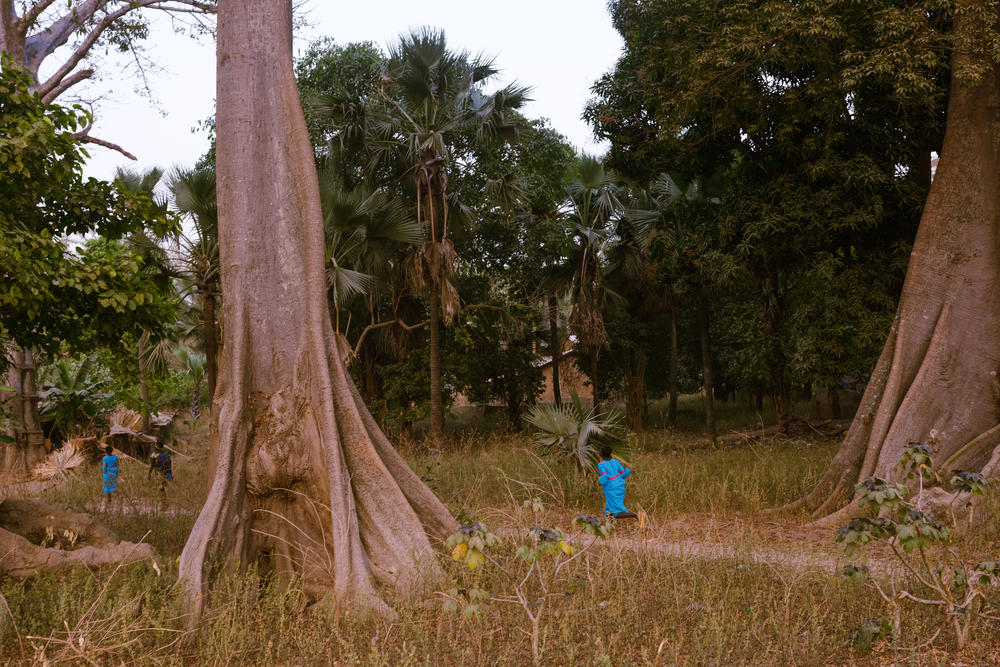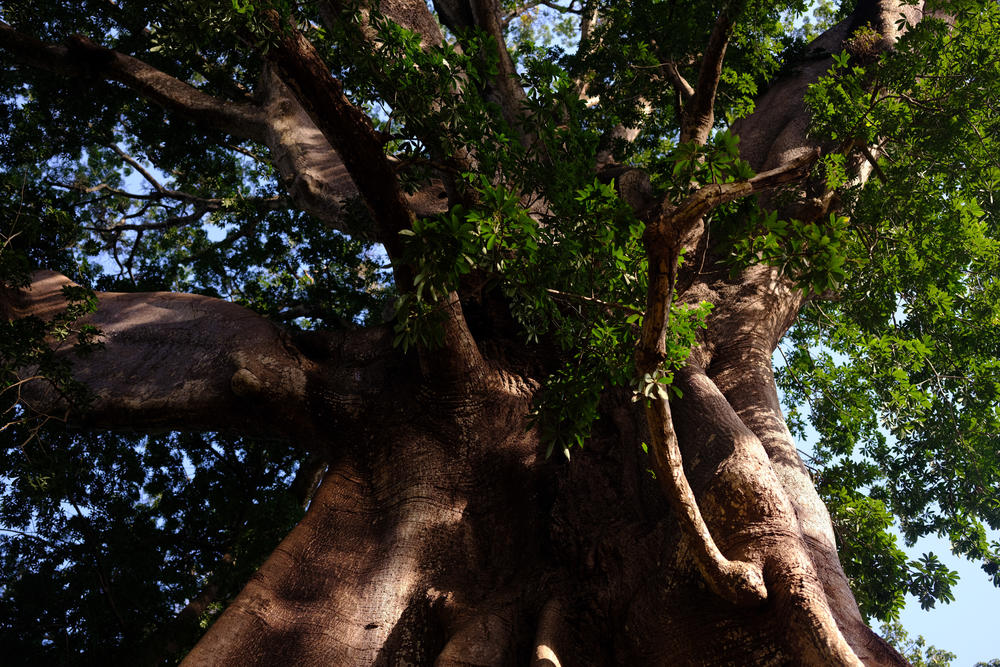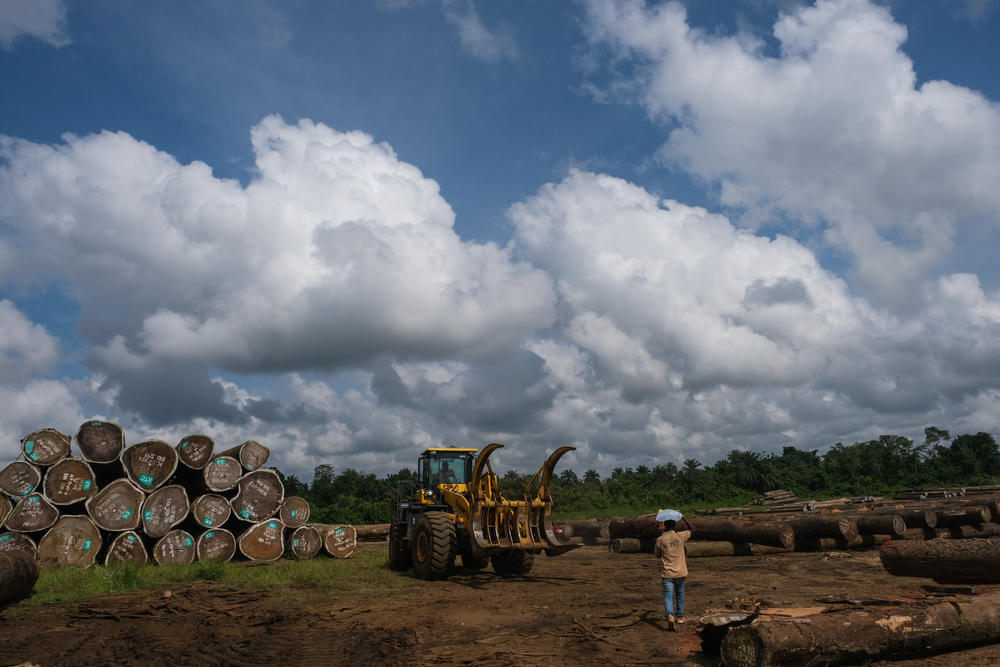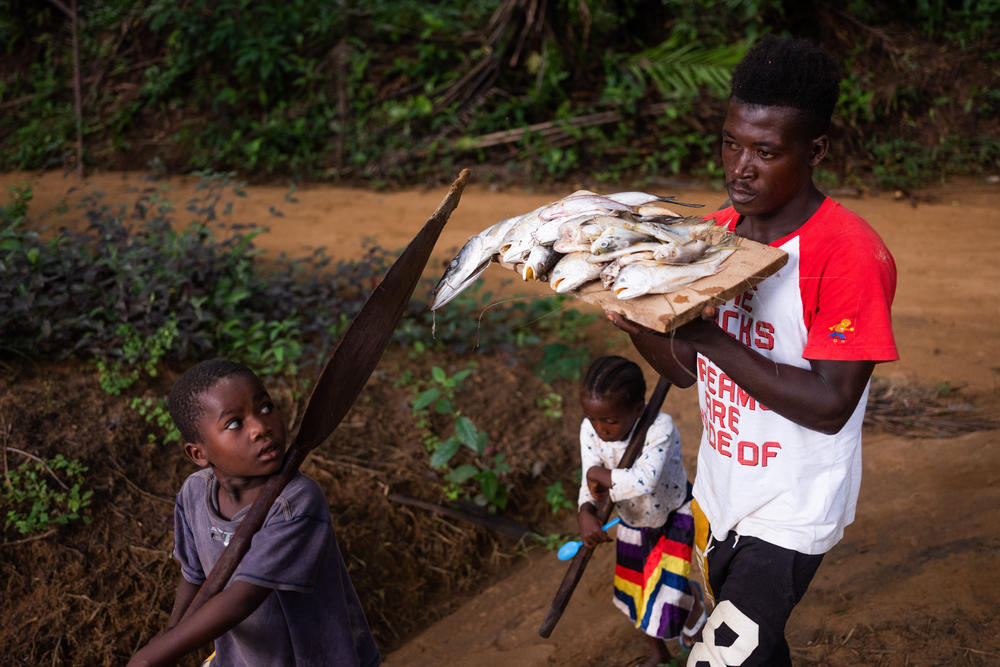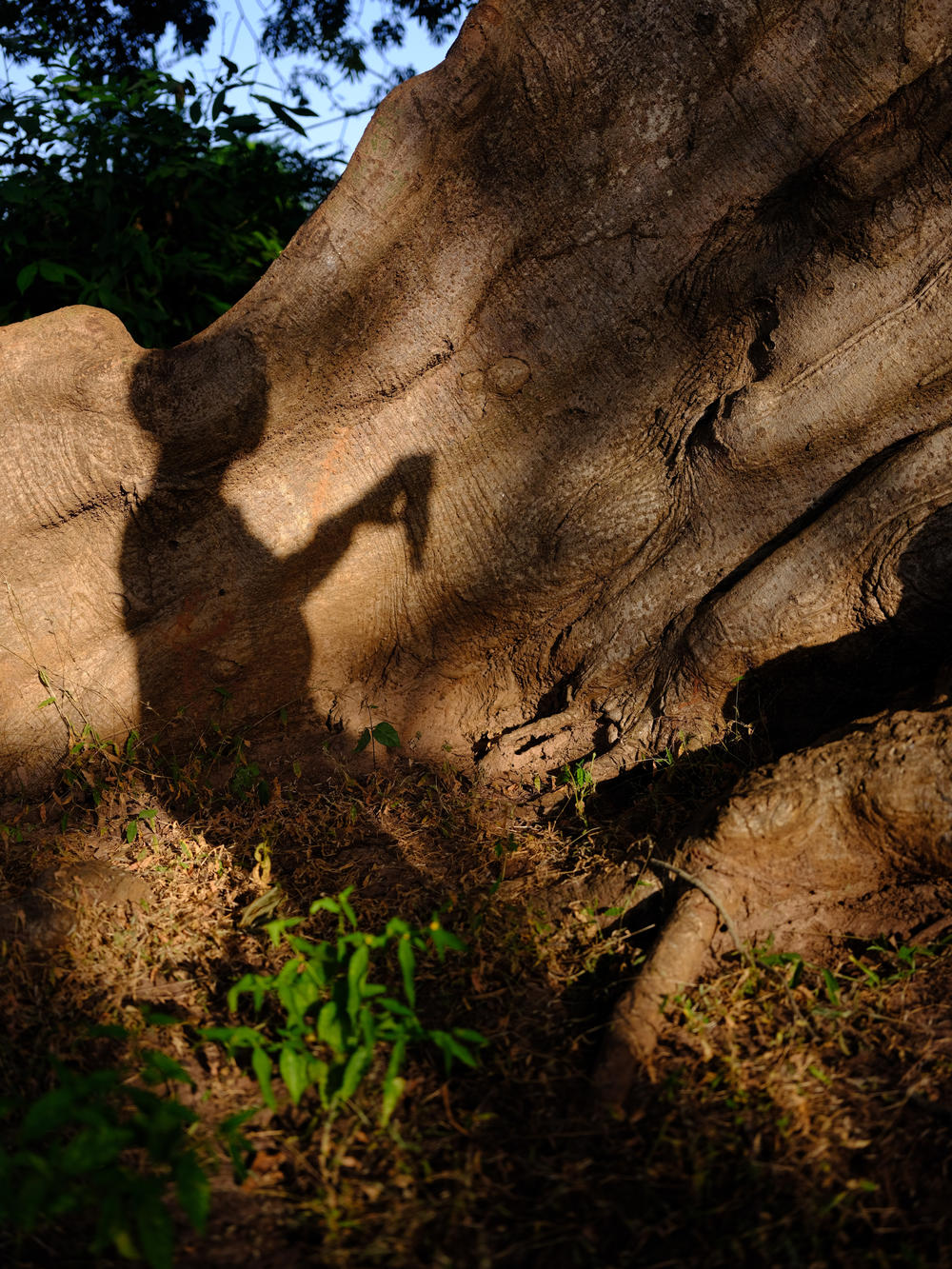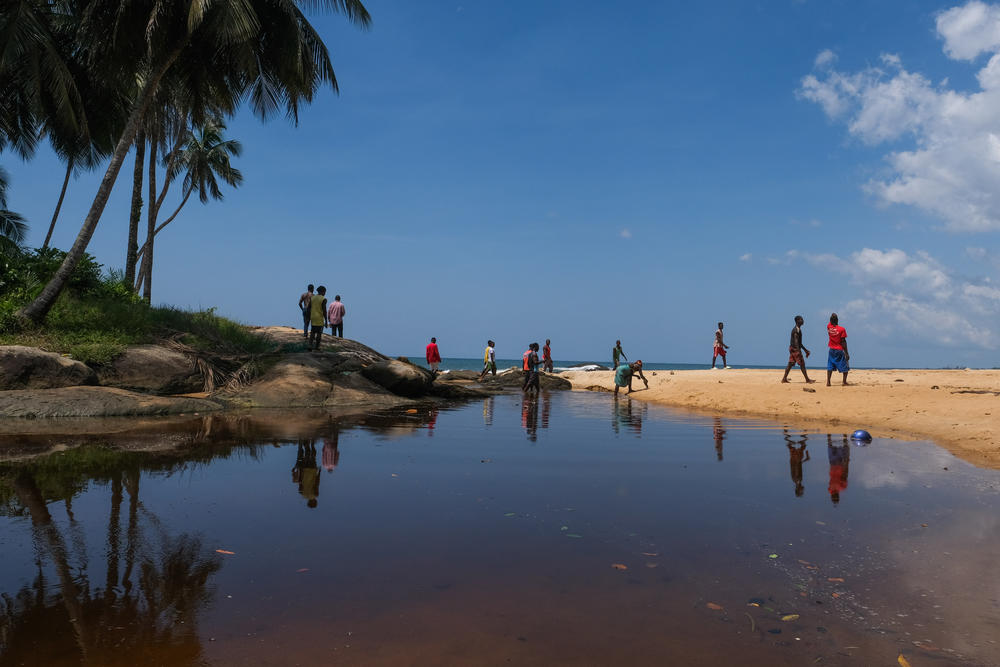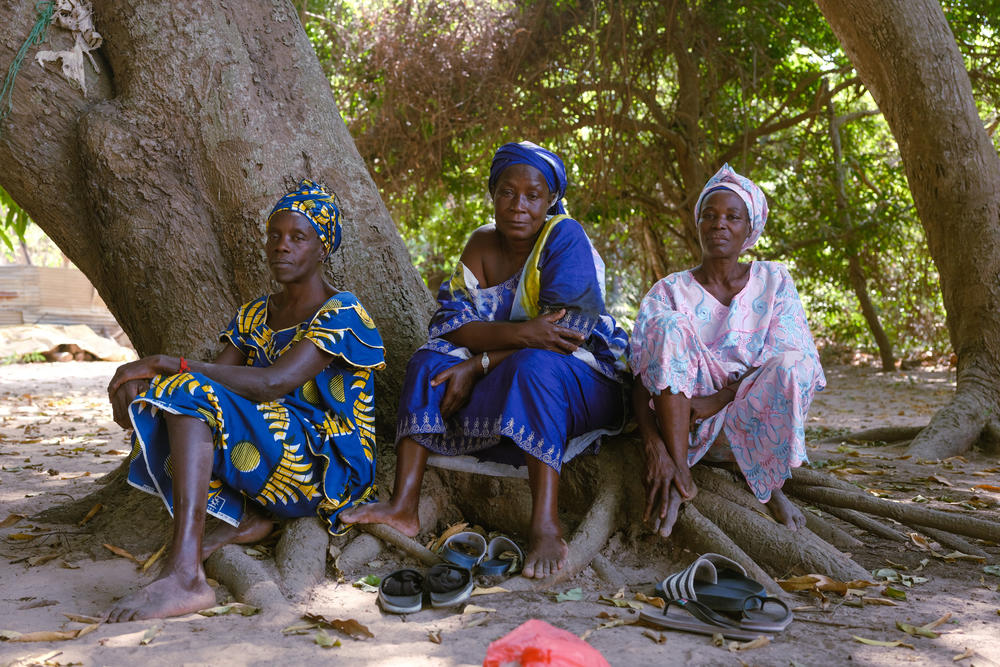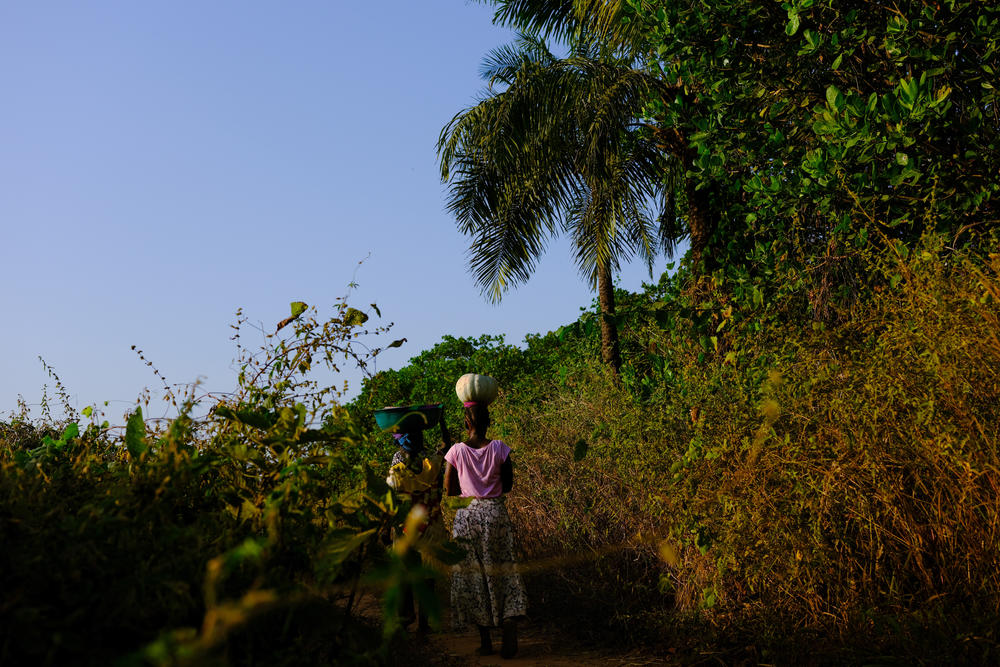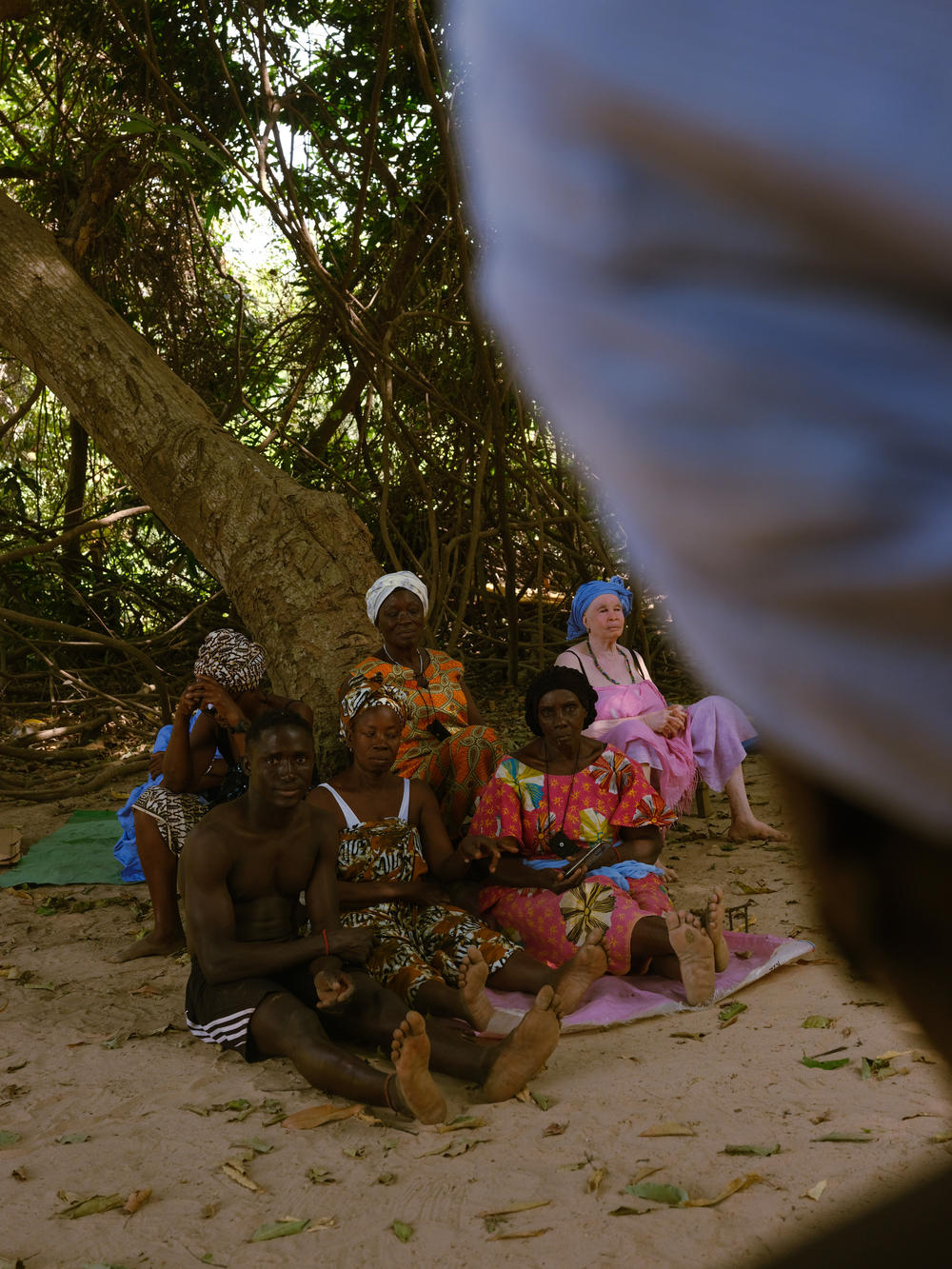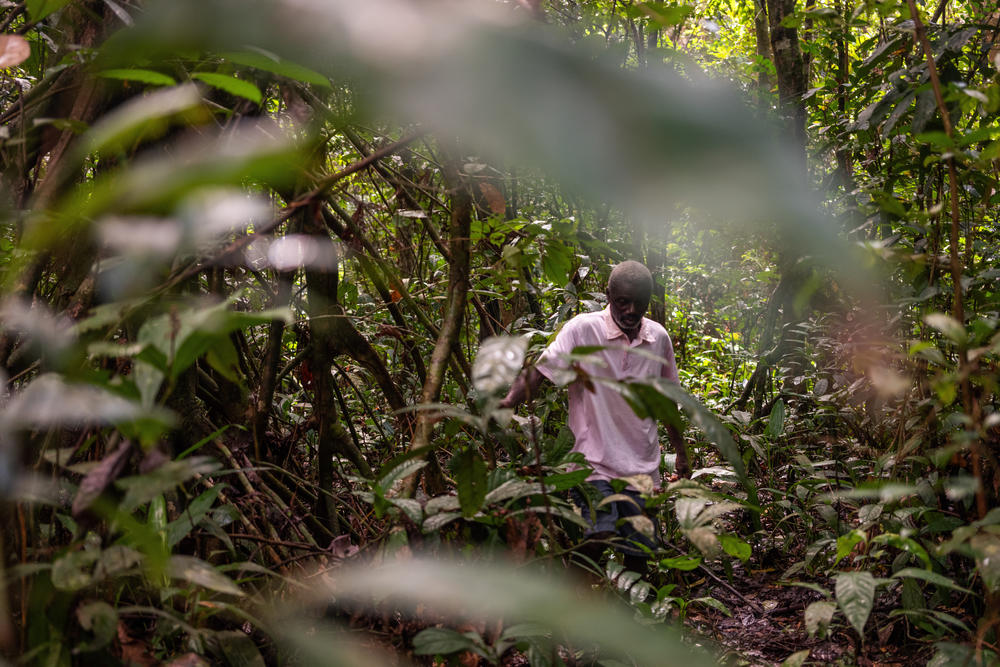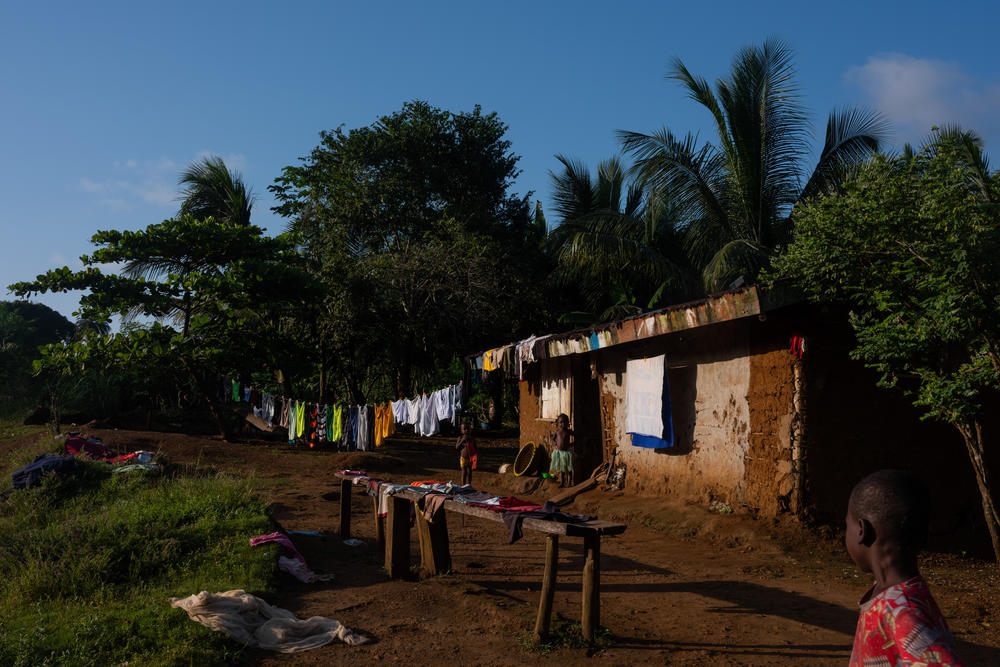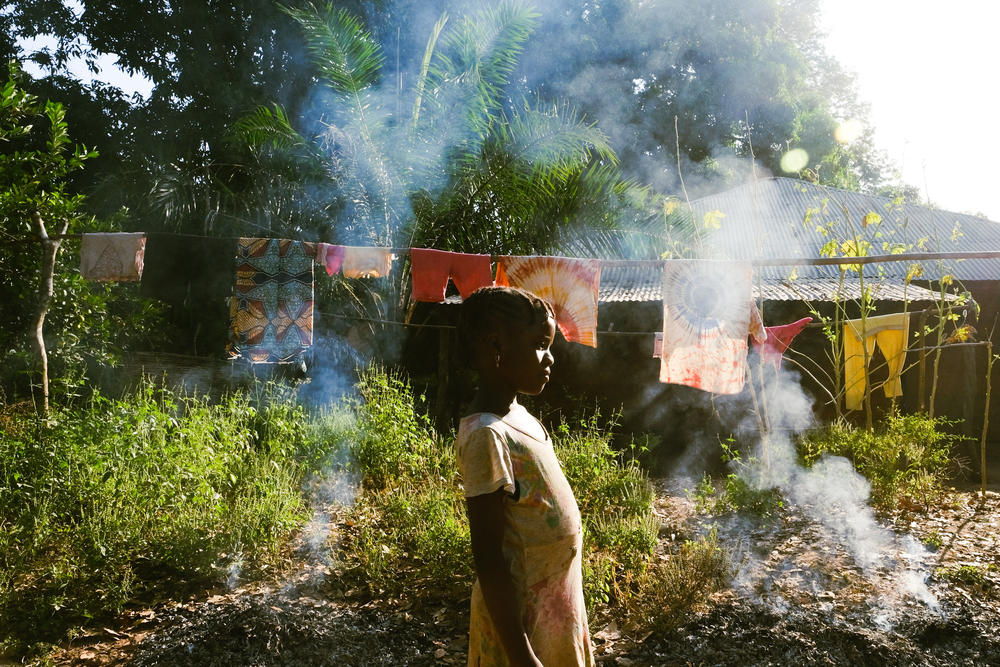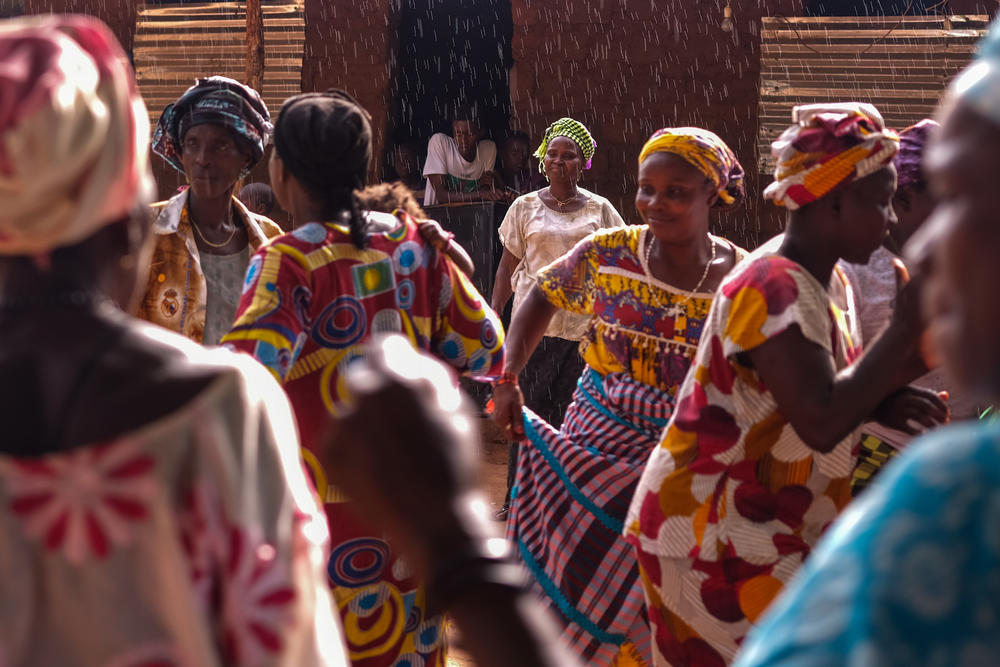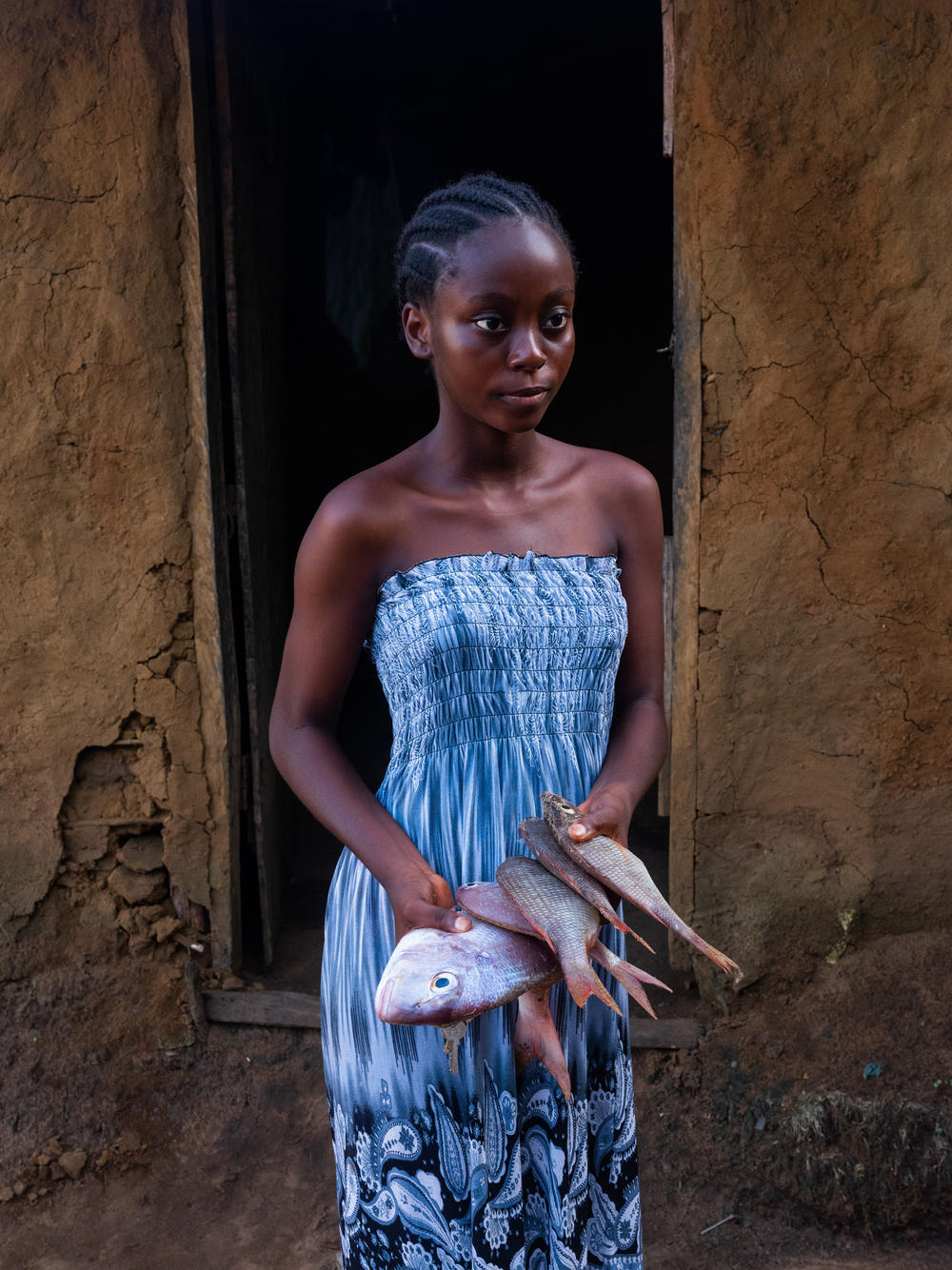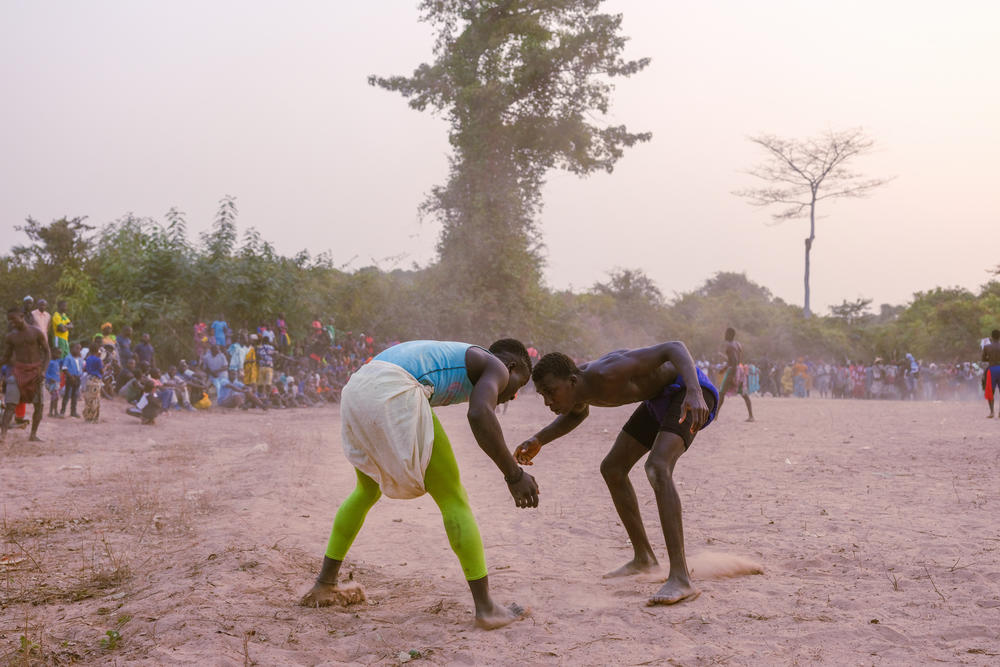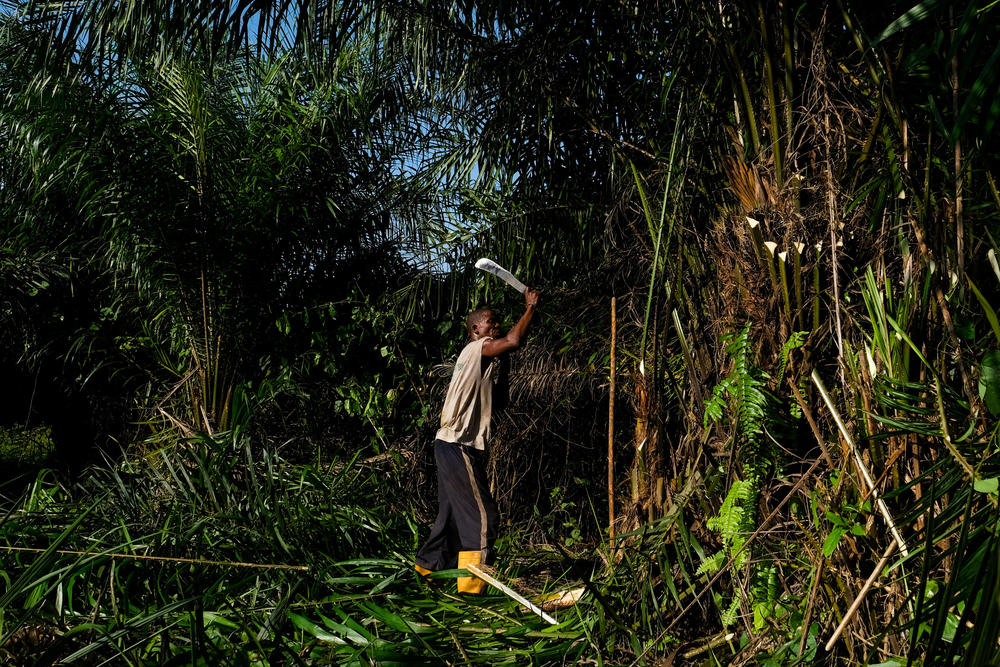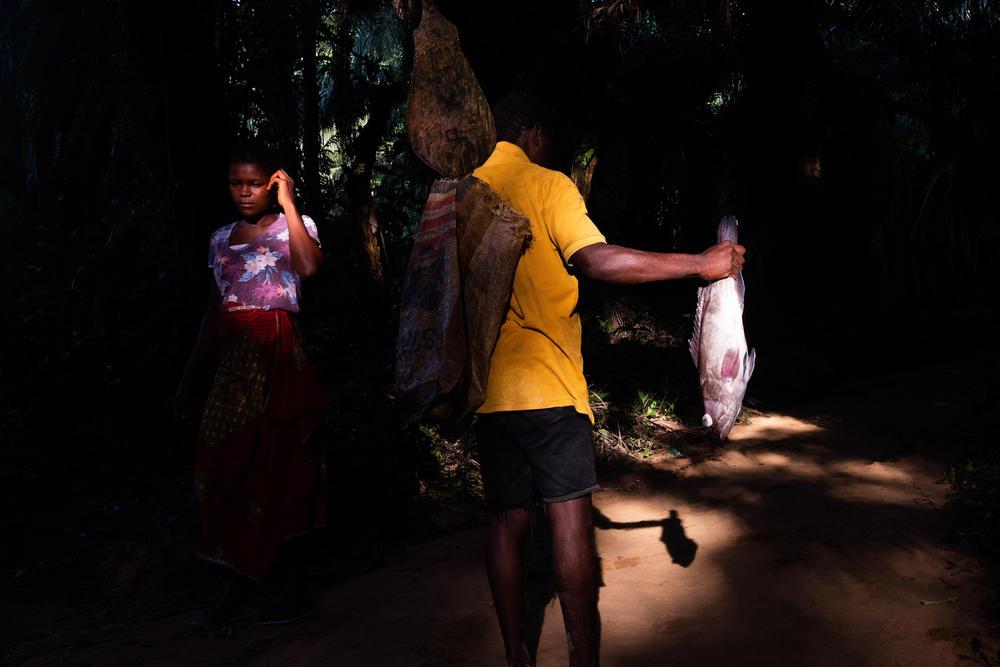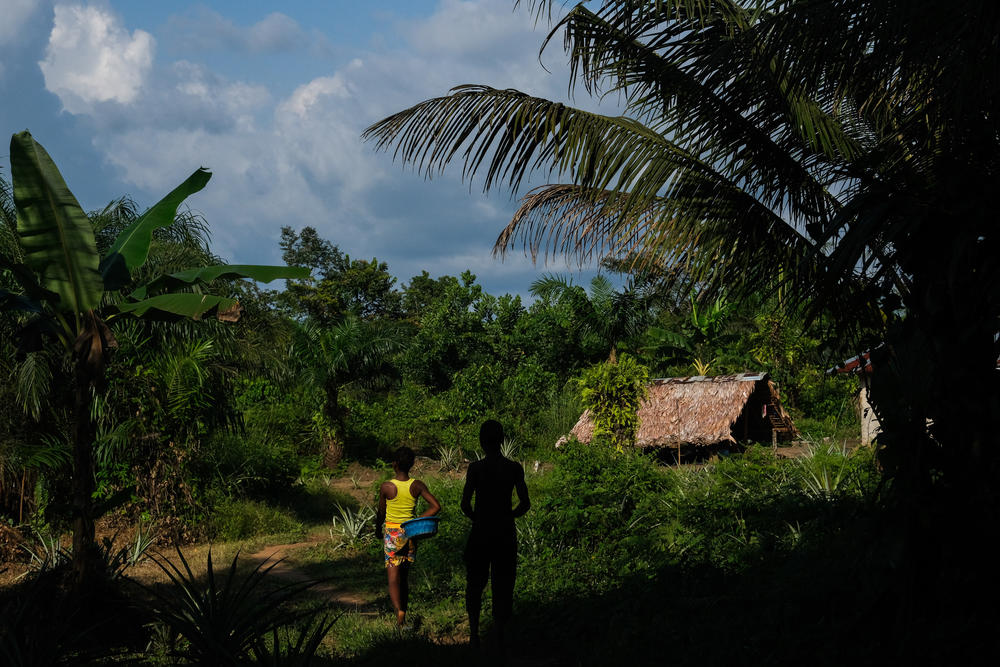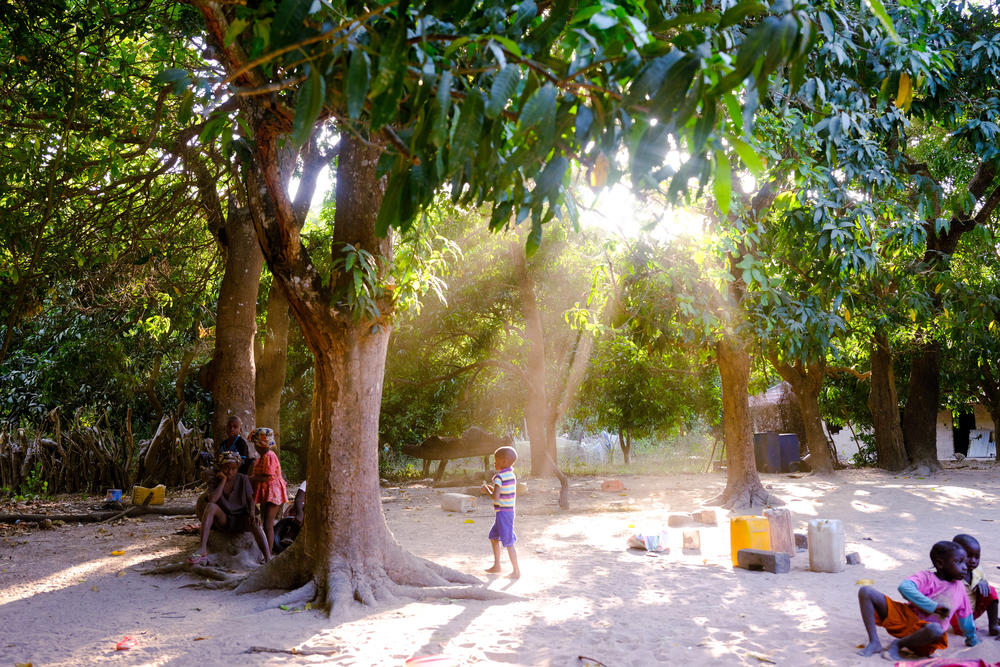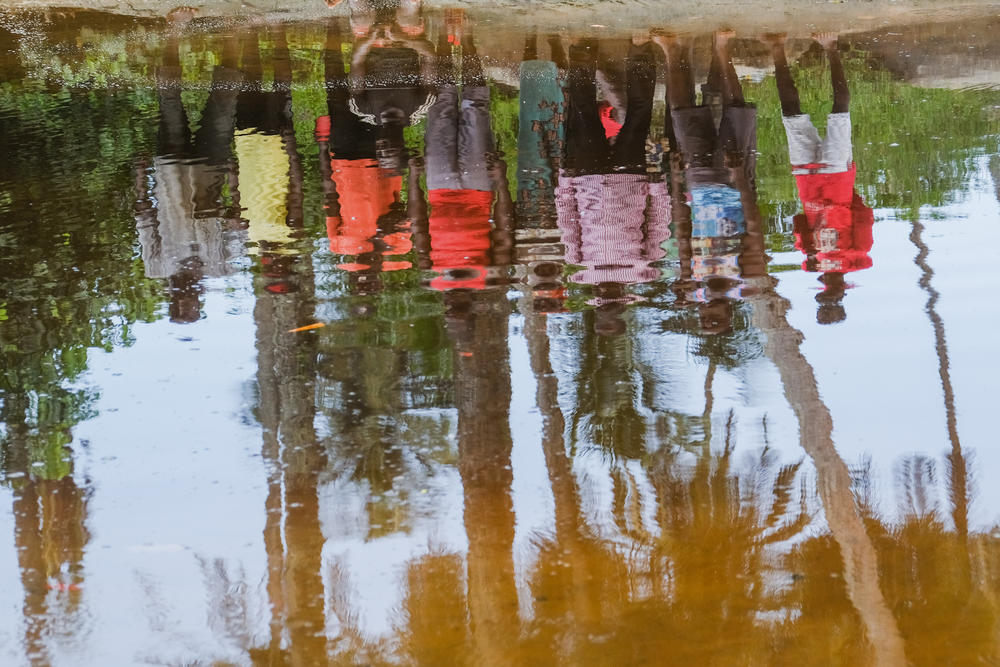Section Branding
Header Content
Meet the people safeguarding the sacred forests and lagoons of West Africa
Primary Content
When a logging company tried to force its way into a traditional forest in Daniel Karworo's hometown in rural Liberia, the machine got stuck in the mud and did not manage to cut down a single tree.
Karworo says the spirit of the sacred forest stopped the truck.
But he also remembers his aunts and relatives physically protesting to protect what they say is their priceless community forest.
"[The logging company] said the government already gave them papers to enter the forest," he recalls nearly 20 years later. "The people said, 'No, this is our traditional forest. We are reserving it for our great-grandchildren. We are protecting it for them.' "
Despite the residents' pleas, the loggers' large machine went in to cut down the timber. Karworo says it got stuck in the mud for months.
In areas throughout West African countries such as Liberia, Senegal and Guinea-Bissau, communities have designated biodiversity hotspots, including forests and lagoons, as sacred. They believe no price can be placed on the plants and animals that live there. Many are forbidden from entering the areas, where traditional rites of passage and justice ceremonies take place. This system has served as a conservation tool respected by these communities for generations.
The amount of land that is conserved might be small in sacred spaces — typically no larger than 10 acres — but the system is built on communities living within protected lands and developing and nurturing their symbiotic relationship with nature. The system starkly contrasts with some current, non-Indigenous North American methods of prohibiting humans from living in certain protected areas.
At a small lagoon between the ocean and mangroves in Barconie, Liberia, people can swim and wade, but they are prohibited from killing a single fish.
"All of the fish that you see in the water there, they are all the people in the community," says the town chairman, Alphonso Dennis. "They are the children of the community. That's how we were taught. If you kill one of those fish, someone in the community will be affected."
In nearby David's Town, Borbor Kealeh has protected a small area of traditional forest for more than 40 years — as he says his parents did before him. "The love of the human side, and of the forest on this side — we love both sides. We cannot pick one side," he says.
In southern Senegal, women are often the "queens" of sacred forests. Diakine Sambou, who has guarded a sacred forest in the country's Casamance region for decades, says her role is to act as an interlocutor between nature and the community.
"It's a strong relationship," she says. "We don't do anything without nature's permission, and if you don't take care of the trees, the environment will remind you of what you have done. No one enters the sacred forest to cut down the trees there, never, never. It's sacred."
Guardians like Sambou often speak in vague terms when describing their forests. One reason is because an essential element in keeping the forests sacred is ensuring their traditions stay secret.
But another reason the descriptions are hard to translate is that when people like Kealeh speak about their forests, they describe time in terms of generations instead of days or years. They measure value in an invisible feeling of peace of mind, rather than in dollars and cents.
While the terms and words may be different, the message is clear: The community's existence is intricately linked to the well-being and survival of the biodiversity and natural resources surrounding it.
Communities far beyond these countries' borders benefit from the conservation-minded relationship these communities in West and Central Africa have with nature, says Ranece Jovial Ndjeudja, Congo Basin forest campaign manager for Greenpeace Africa.
"Those forests have the capacity to capture carbon from the air, which is one of the key areas that is being used at the international level to ensure the fight against climate change," Ndjeudja says. He is critical of efforts to monetize the carbon captures from communities who have long-term, valued relationships with forests.
Placing a dollar value on conserving these areas risks destroying the very belief system and way of thinking that have ensured their survival in the first place, researchers say. Their value cannot be translated into monetary terms, says Aby Sene, professor and researcher at Clemson University in South Carolina.
"The example of the Casamance, these sacred forests are maintained by the Diola people, who maintained their way of life and resisted colonial and capitalist structures, and that is precisely why these lands are rich in biodiversity for so long," Sene says.
She says it is essential to reinforce communal stewardship of the land, rather than ownership.
"My dad is Serer," she says referring to a Senegalese group of people, "and in the Serer culture, there is this thing that says land is not owned by the people who are on it right now. We have borrowed it from the ancestors, and we must preserve it for the unborn."
Sene says, "People are taking care of the land because they understand that it is borrowed — borrowed from the ancestors and preserved for the unborn."
Ricci Shryock is a journalist and photographer in Dakar, Senegal. See more of her work on her website, RicciMedia.com, and on Instagram, at @ricci_s.
Reporting for this project was supported by the Pulitzer Center on Crisis Reporting and the center's Rainforest Journalism Fund.
Grace Widyatmadja photo edited this story.
Copyright 2023 NPR. To see more, visit https://www.npr.org.
